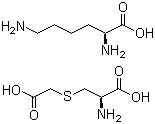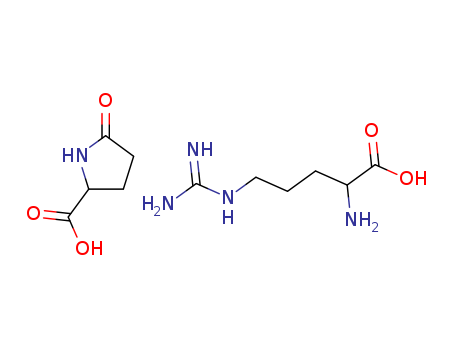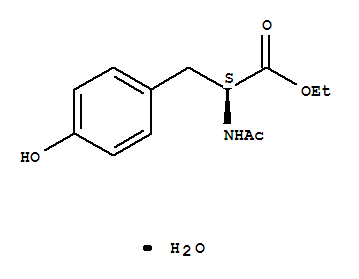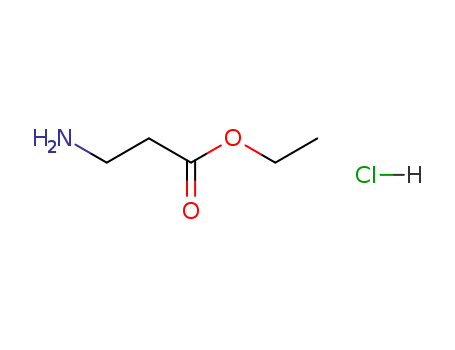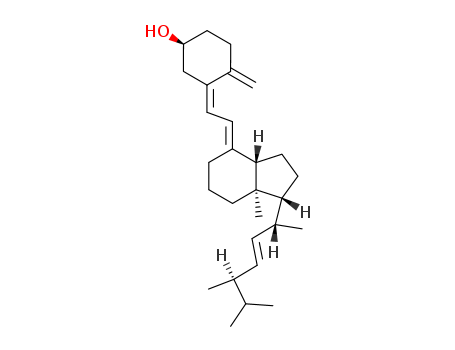
- Product Details
Keywords
- Best quality vitamin d2
- Vitamin D2 price
- Vitamin D2 buy
Quick Details
- ProName: Vitamin D2, Best quality vitamin d2, V...
- CasNo: 50-14-6
- Molecular Formula: C28H44O
- Appearance: Powder
- Application: Control rickets
- PackAge: 25kg/drum
- ProductionCapacity: Metric Ton/Day
- Purity: 99%
- Storage: storage in shady and cool warehouse
- Transportation: transport as the regulation of chemica...
- LimitNum: 0 Metric Ton
Superiority
1.USP/EP/BP/FCC/CP
2.GMP/DMF/KOSHER/HALAL/HACCP
3.10 Years Experience
4.Delivery within 5 days
5.OEM ability …
Details
1.USP/EP/BP/FCC/CP
2.GMP/DMF/KOSHER/HALAL/HACCP
3.10 Years Experience
4.Delivery within 5 days
5.OEM ability
1.Introduction of Vitamin D2
The Vitamin D2, with the CAS registry number 50-14-6, is also known as 9,10-Secoergosta-5,7,10,22-tetraen-3-ol. It belongs to the product categories of Vitamins - Deuterated; Biochemistry; Vitamins; Nutritional Supplements; Vitamins and derivatives; Chiral Reagents; Intermediates & Fine Chemicals; Pharmaceuticals. Its EINECS number is 200-014-9. This chemical's molecular formula is C28H44O and molecular weight is 396.65. What's more, its systematic name is (3S,5Z,7E,22E)-9,10-Secoergosta-5,7,10,22-tetraen-3-ol. Its classification codes are: (1)Agricultural Chemical; (2)Bone Density Conservation Agents; (3)Drug / Therapeutic Agent; (4)Growth Substances; (5)Human Data; (6)Micronutrients; (7)Reproductive Effect; (8)Rodenticide; (9)Vitamin [antirachitic]; (10)Vitamins. This chemcial is the synthetic form of vitamin D and can be prepared from ergosterol by UV irradiation in a suitable solvent. Its commercial solutions are usually made with propylene glycol or sesame oil. It is used to protect against rickets. The product should be sealed and stored in containers with dry argon gas which are placed in a dry places. It should be protected from light.
2.Physical properties of Vitamin D2
(1)ACD/LogP: 9.148; (2)# of Rule of 5 Violations: 1; (3)ACD/LogD (pH 5.5): 9.15; (4)ACD/LogD (pH 7.4): 9.15; (5)ACD/BCF (pH 5.5): 1000000.00; (6)ACD/BCF (pH 7.4): 1000000.00; (7)ACD/KOC (pH 5.5): 2255513.00; (8)ACD/KOC (pH 7.4): 2255513.00; (9)#H bond acceptors: 1; (10)#H bond donors: 1; (11)#Freely Rotating Bonds: 6; (12)Polar Surface Area: 20.23 ?2; (13)Index of Refraction: 1.53; (14)Molar Refractivity: 125.793 cm3; (15)Molar Volume: 406.99 cm3; (16)Polarizability: 49.868 10-24cm3; (17)Surface Tension: 37.2 dyne/cm; (18)Density: 0.975 g/cm3; (19)Flash Point: 218.211 °C; (20)Enthalpy of Vaporization: 89.077 kJ/mol; (21)Boiling Point: 504.199 °C at 760 mmHg; (22)Vapour Pressure: 0 mmHg at 25°C.
3.Structure Descriptors of Vitamin D2
(1)SMILES: O[C@@H]1CC(\C(=C)CC1)=C\C=C2/CCC[C@]3([C@H]2CC[C@@H]3[C@@H](/C=C/[C@H](C)C(C)C)C)C
(2)Std. InChI: InChI=1S/C28H44O/c1-19(2)20(3)9-10-22(5)26-15-16-27-23(8-7
-17-28(26,27)6)12-13-24-18-25(29)14-11-21(24)4/h9-10,12-13,19-20,22,25-27,29H,4,7-8,11,14-18H2,1-3,5-6H3/b10-9+,23-12+,24-13-/t20-,22+,25-,26+,27-,28+/m0/s1
(3)Std. InChIKey: MECHNRXZTMCUDQ-RKHKHRCZSA-N
4.Safty information of Vitamin D2
This chemical is harmful if swallowed. It is toxic by inhalation, in contact with skin and if swallowed, and has a limited evidence of a carcinogenic effect. This substance is toxic as it has a danger of serious damage to health by prolonged exposure if swallowed. This substance has a danger of serious damage to health by prolonged exposure. In case of contact with eyes, you should rinse immediately with plenty of water and seek medical advice. When using it, you need wear suitable protective clothing, gloves and eye/face protection. You should not breathe dust. In case of accident or if you feel unwell, you must seek medical advice immediately (show the label where possible).
5.Pharmacodynamics of Vitamin D2
Ergoalcifediol (Vitamin D2) is a fat soluble steroid hormone precursor of vitamin D. The principal biologic function of vitamin D is the maintenance of normal levels of serum calcium and phosphorus in the bloodstream by enhancing the efficacy of the small intestine to absorb these minerals from the diet. Cholecalciferol is synthesized within our bodies naturally, but if UV exposure is inadequate or the metabolism of cholecalciferol is abnormal, then an exogenous source is required. Vitamin D2 is converted to 25-hydroxyvitamin D (25OHD) in the liver, and then to the active form, 1,25-dihydroxyvitamin D (1,25(OH)2D), in the kidney. Once transformed, it binds to the vitamin D receptor, which leads to a variety of regulatory roles. Vitamin D plays an important role in maintaining calcium balance and in the regulation of parathyroid hormone (PTH). It promotes renal reabsorption of calcium, increases intestinal absorption of calcium and phosphorus, and increases calcium and phosphorus mobilization from bone to plasma. Very few foods naturally contain vitamin D. Sources that contain the vitamin include fatty fish, the liver and fat of aquatic mammals (e.g., seals, polar bears), and eggs from chickens fed vitamin D-fortified feed. As such, many countries have instituted policies to fortify certain foods with vitamin D to compensate for the potentially low exposures of skin to sunlight. Vitamin D deficiency results in inadequate mineralization of bone or compensatory skeletal demineralization and causes decreased ionized calcium concentrations in blood and a resultant increase in the production and secretion of PTH. Increase in PTH stimulates the mobilization of skeletal calcium, inhibits renal excretion of calcium, and stimulates renal excretion of phosphorus. This results in normal fasting serum calcium concentrations and low or near-normal serum phosphorus. The enhanced mobilization of skeletal calcium induced by this secondary hyperparathyroidism leads porotic bone.
6.Mechanism of action
Activated ergocalciferol increases serum calcium and phosphate concentrations, primarily by increasing intestinal absorption of calcium and phosphate through binding to a specific receptor in the mucosal cytoplasm of the intestine. Subsequently, calcium is absorbed through formation of a calcium-binding protein. 25-hydroxyergocalciferol is the intermediary metabolite of ergocalciferol. Although this metabolite exhibits 2–5 times more activity than unactivated ergocalciferol in curing rickets and inducing calcium absorption and mobilization (from bone) in animals, this increased activity is still insufficient to affect these functions at physiologic concentrations. Activated ergocalciferol stimulate resorption of bone and are required for normal mineralization of bone. Physiological doses of ergocalciferol also promotes calcium reabsorption by the kidneys, but the significance of this effect is not known.
7. Package information
25kg/drum
.jpg)
8. Delivery information
Delivery within 5 days
.jpg)






